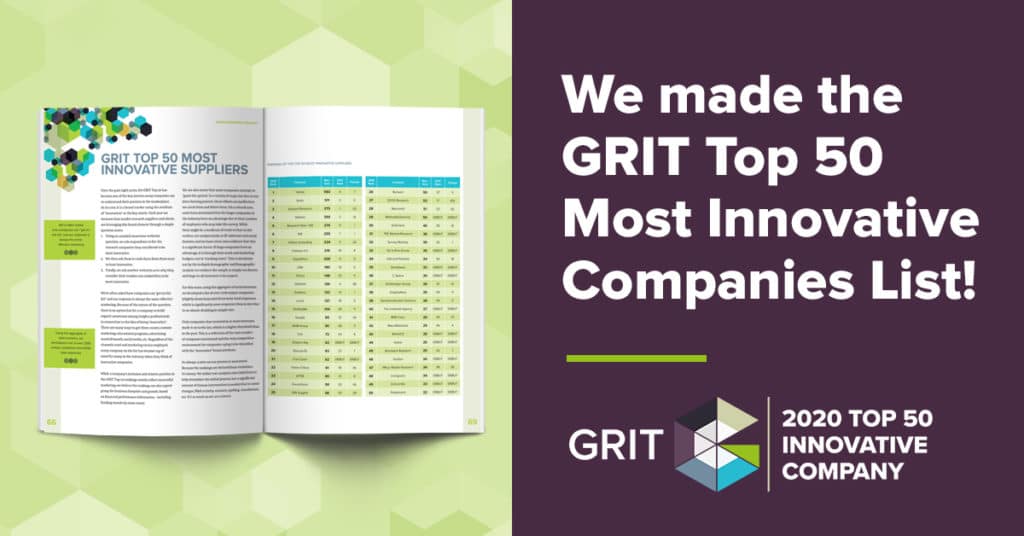Guest post by Discuss.io board member Mark Sherrington
Last time, I talked about some of the problems of market research as it’s conducted today, how we should make use of and interpret its results, and what we can do to get primary market research that’s more representative.
In this post, I’m going to talk more specifically about the steps we can take in our own research projects in order to do the best research in the most efficient way. I’m going to develop my argument around five observations common to those in our field:
- Professional researchers do not know what we (marketers) do.
- Creating regular research cycles is problematic.
- We rely on services we don’t control.
- We fail to account for the severe limitations of traditional research.
- We need more ethnographic research to explore a global market, to draw lessons from the point of view of the people and their cultural and social context.
Traditional market research is, in fact, a sheltered opinion that you pay for, from a bygone era when travel, expenses, training, technology, and methodology were inaccessible to all but a few.
In the following sections, I’ll talk more about each “pillar” and how it supports the best version of market research.
Doing First-Hand Research
I’m addressing myself to the marketers who in some way or other are leading the brand or project. Nobody knows what you know because, in your position, you see the whole picture. You are the person who can act upon new information or insights, this is your position, and ultimately, you need to be able to succeed in understanding the customer here.
Talk to any of the great retailers and you will find one thing in common–they spend significant time in the store watching and learning. They have an advantage in getting to customers who are in a natural, not contrived, context.
The numbers tell the retailers what is happening, but they always take all of that in the context of their personal experience walking the shop floor. What lesson does the shop floor hold for Agile marketers working for global brands?
Consumer homes, like shop floors, are some of the best places to do research. People in their homes are less likely to affect a posture or attitude that isn’t theirs. With digital technology, which already is bringing us closer together, this is easier than ever. The most successful researcher will, likewise, contextualize market research with personal experience, based on face-to-face personal investigation.
It takes experience and a degree of coaching to know how to talk to people, how to ask the right questions in the right way, when to probe, when to just observe or listen. But so long as you maintain a degree of open-mindedness, a genuine curiosity and a preparedness to change your mind, it is absolutely right and essential that you get out there and discover things first-hand.
Creating Regular Research Cycles
Yes, often it is difficult to make time for regular face-to-face interviews and furthermore we are not always well-equipped to do it. It is logistically hard and expensive to travel around. It takes planning to find the right people, and preparation. We have busy day-to-day job duties and time in the field gets squeezed out first when other priorities arise.
And nobody has trained you do this.
But hard does not mean impossible—and technology makes it easier to create regular research cycles. Social media provides huge amounts of information, at your fingertips, if you use the right tools to harvest it. On-line video research allows you to connect to widely dispersed consumers from your laptop. You can talk to whoever you want, whenever you want about anything you want and you can talk to them in the right context–in their own home, in the store or bar or dealership, with a few of their friends.
Considering Professional Research
Going back to the opening debate, you would conclude just from the amount of budget committed to research that the professional studies have almost total sway.
Some years back British Airways implemented a major design change to their planes. The front half of the planes were all one fairly recognizable design, but every tail had some different “funky” motif. It looked terrible–even then-Prime Minister Margaret Thatcher said publicly she hated it. BA caved relatively quickly and restored a design similar to that they hold to now.
As the head of market research told me: We spent more money on researching this design than any other project and the research was consistently positive.
No one got fired for a result that was, to say the least, underwhelming. You can’t spend that amount of money and ignore that the results of professional studies have to be taken with a grain of salt.
But our problems with professional research go deeper. Sometimes things go wrong and it becomes a crutch. When things go sideways and it turns out you did no research or, worse, still spent loads on it and then ignored it, you really will get fired, no argument.
But if you ticked all the boxes, did all the right research at the right time, then we treat it as a learning exercise and blame other events outside our control. This isn’t a professional research outcome; it’s an insurance policy.
We need external researchers, but we also need standards across a fragmented space and accountability to drive actionable results. Discuss.io is one of the few market research platforms that takes advantage of digital accessibility to deliver a democratic experience.
Understanding Limitations in Traditional Research
What do the numbers tell us, the numbers never lie.
Perhaps not, but often as not they mislead if they cannot be assessed in the context of a wider body of information and insight.
You cannot rely solely on what you’re told. We are terrible witnesses to our own lives, even when there’s nothing we should know better.
We pay people to sit in focus groups with a bunch of strangers and ask them to recall experiences they only partially remember with none of the context to remind them.
We show them stimuli in large studies and ask them to tell us what they intend to do.
In many places, quantitative research is much too influential. We tend to trust “hard” studies like this because we trust the validity of the statistical techniques.
We forget or ignore the fact that the significance of one in 20 means 5%. That is, most of the time the answer is plain wrong. Only one in twenty new innovations or new ads work as planned–what does that tell you, because they were all researched?
In the 2015 UK Elections, the polls got it not just slightly but totally wrong (as they did in 1992). Were the pollsters lying or incompetent–maybe, or maybe they asked the wrong questions?
Astoundingly, many brands (or other research buyers) will still do big quantitative studies and not do the parallel in-depth research to help interpret the findings.
Learning from Ethnographic Research
We all know that the purchase decision is part of a meandering journey. Much of that journey is not consciously processed and is subject to lots of different cultural, social, and situational influences.
The only valid approach is to talk to people regularly and as far as possible in context, get them to share what is on their mind, who they are, what are they seeing or smelling or hearing right now.
Ethnographic research has always been well-appreciated by the people who commission it but it has been expensive, therefore relatively limited.
Technology has changed that. Using social media they can keep diaries, capture thoughts, take pictures and videos. We can use on-line video to talk to them at every step of the way, they can show us what they are talking about.
As an antidote to “the numbers,” remember–seeing is believing. In a research debrief, the part that generates the most energy in the room and really captures peoples attention are the verbatim quotes or better still, the video clips.
The professional researcher can have shared a bunch of conclusions but when they illustrate them with real visual material the points hit home. We see the context, the person.
The Shop Floor Advantage:
Retailers and other brick-and-mortar operators have long understood the power of observing consumers outside focus group settings.
Twitter and Chatter:
Social media tools like Twitter and others make marketers privy to the conversations of real consumers, similar to way we overhear each other in a crowded place.
British Airways Paying for “Yes:”
Costing millions, BA’s research affirmed that new tail designs would be well-received. After millions more, BA reverted to its older design.
Ethnographically Winning It:
While Coke knew that Pepsi beat them in the sip test, they needed ethnography to understand that the actual pattern of use meant that the question their market research asked wasn’t one they should respond to in the market.




